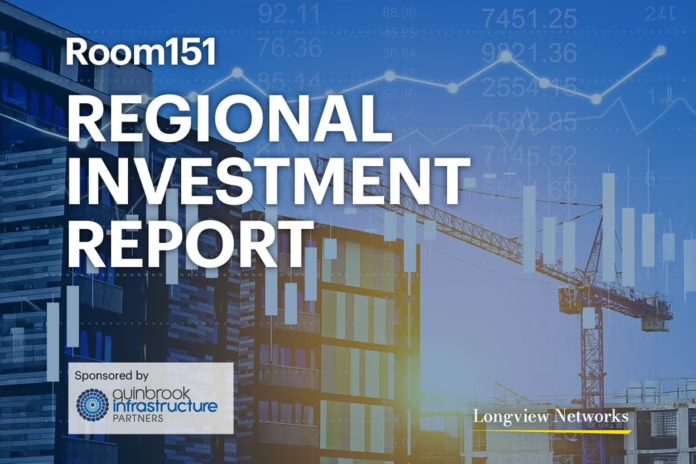Results from the LGPS triennial valuations are coming in and they look good. Graeme Muir argues, however, it’s more complicated than that.

We are now half way through the year with most LGPS funds discussing assumptions and initial results from the trienniel valuations with their actuary. The question from interested observers is—how are they going?
The good
In terms of crunching the numbers, the data is a lot better than 2016, the first valuation of the new CARE (career average revalued earnings) scheme introduced in 2014. Funds have been working hard cleaning and their data with some help from our online data checker. Of course, data is never going to be 100% clean and some funds still struggle getting information from their employers but the less data estimation required the easier the valuation process and the quicker we can report results.

But it’s not just that the data is better. Funds continued to achieve strong positive asset returns in the three years to March 2019. Some quite considerable variation though with returns ranging from about 8% per annum (around 25% over the three years) to 12% per annum (or around 40% over three years). Strategy would have been a key factor as well as manager selection.
So any other good news?
As has been widely reported, there has been a slowdown in the rate of improvement in longevity. This might not sound like good news but it is for some—undertakers and defined benefit pension funds are the more obvious benefactors.
With the help of our longevity team, we have been analysing the mortality experience of our LGPS funds. As at 2019 mortality rates are generally higher than we were projecting back in 2016 and future projections have also been scaled back. Mortality is still improving—we are all still living longer—but maybe not as long as previously thought. Funds are now projected to pay out less pension benefits than previously thought.
The Bad
Of course, it’s never all good news. The slowdown in longevity improvements will lead to less being paid out than before. However, forward projections of inflation have increased meaning more getting paid out than before. Overall, one probably cancels out the other.
Strong positive asset returns are, of course, great (provided you had some assets at the start). Not so great if you still need to buy some—much more expensive than before, so more cash is needed to buy the same assets. It’s a bit like the property market: mums and dads feeling a bit wealthier as property prices increase but the kids looking to buy need more cash to join the party.
However, LGPS funds are still accruing new liabilities and need to buy new assets to fund these liabilities. This means we need more cash to buy these more expensive assets to meet these new liabilities. This all gets reflected in the determination of those discount rates that everyone loves but never really understands. The biggest part of most employers’ contributions—the so called “primary rate” of cost of future accrual—has increased, albeit not as much as it might have done thanks to the slowdown in longevity improvements.
So overall how does it all stack up?
Funding levels will be up—as expected but likely to be quite a bit higher than expected—the extra asset returns and longevity changes will have outpaced the increase in inflation and lower discount rates.
Higher funding levels usually means lower deficits (not always though) and reductions in deficit contributions. Hurrah!
However, primary rates have increased thanks to higher inflation, lower future return expectations as reflected in discount rates net of the longevity expectations. Boo!
When we add it all together where are we and will we see any reduction in employers’ total contributions? It’s a question we get all the time: What does it take to actually reduce employer contributions? It’s a simple question with a not so simple answer. As ever, it depends on a number of factors. Funding level does come into it but so too does the existing level of contribution.
In the long term the cost of the LGPS to employers is probably somewhere in region of 15% to 20% of pay.
In a fund with a 102% funding level with employers paying 18% of pay, a reduction is unlikely as it wouldn’t take much to get back into negative territory and there is a not insignificant risk of having to increase contributions at the next valuation having just reduced them. For a fund on a funding level of 98% with employers paying 25% of pay, a modest reduction is more likely as it still might be okay in three years’ time, even if funding levels decline.
The ugly
The ugly stuff is mainly the regulatory uncertaintythe well intentioned if flawed and now paused cost management process, section 13 valuations and, of course, the McCloud case. Of all the assumptions actuaries have to make these are probably some of the most challenging and make forecasting future mortality changes a bit of a walk in the park.
However, we are a creative lot and with a bit of imagination we will deal with the ugly stuff.
So how are the valuations going? Fine.
Graeme Muir is partner and head of public sector at Barnett Waddingham.













